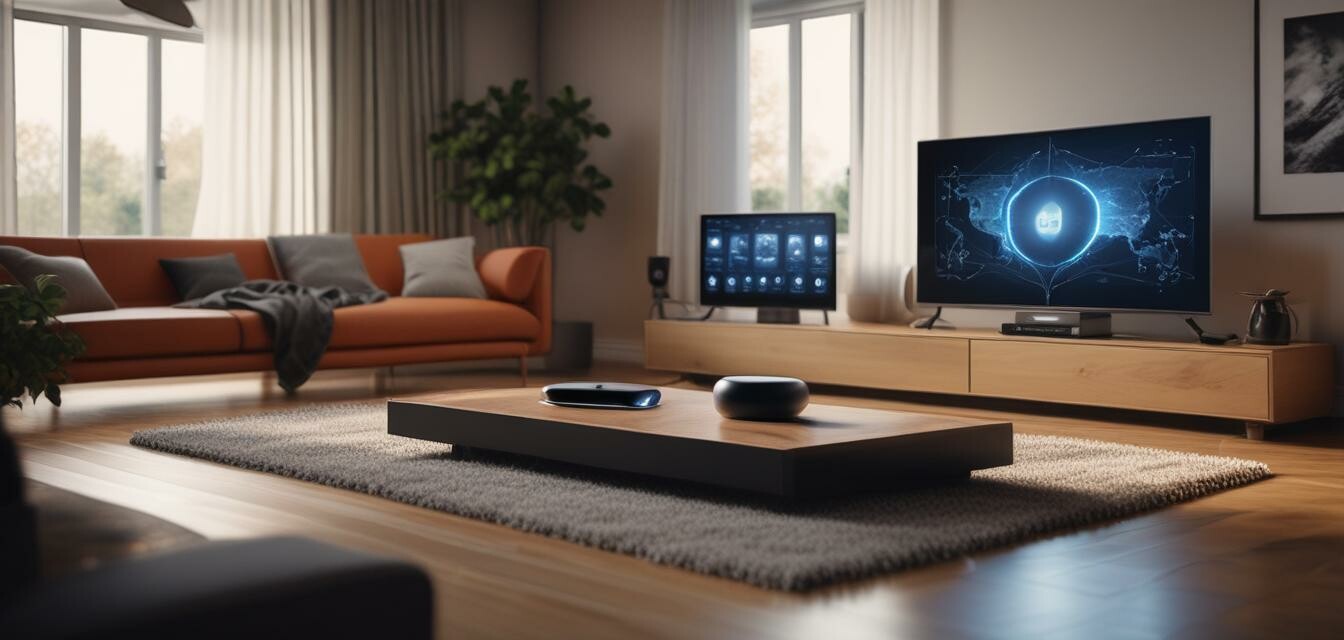
The Impact of 5G Technology on Smart Homes for Seniors
Key Takeaways
- 5G technology enhances connectivity and speeds in smart homes.
- Improves remote monitoring for seniors and caregivers.
- Increased compatibility with advanced smart devices.
- Offers a reliable network for critical health monitoring devices.
- Enables faster response times for home security solutions.
As our world evolves, so does the way we live and interact with technology. For seniors, the integration of smart home solutions has never been more vital. With the rollout of 5G technology, smart homes have taken a significant leap forward, making life more comfortable and secure for aging individuals. In this article, we will explore how 5G is reshaping the landscape of smart homes, focusing on the enhanced capabilities it brings to seniors.
The Evolution of Smart Home Technology
Smart home technology has progressed from simple remote-controlled devices to sophisticated ecosystems that connect a variety of appliances and systems. Today, these solutions include everything from connected home assistants to home security systems that can be managed via smart devices.
Challenges with Previous Network Technologies
Prior to 5G, smart home devices relied heavily on 4G or Wi-Fi connections, which often led to connectivity issues, especially in larger homes. This resulted in:
- Lagging devices that responded slowly to commands.
- Inconsistent connections leading to dropped signals.
- Limited distance for control over devices, particularly in larger spaces.
The Promise of 5G Technology
5G offers a comprehensive solution to these problems, boasting enhanced speed, low latency, and greater capacity. Here’s what 5G technology brings to smart homes:
| Feature | Benefits for Seniors |
|---|---|
| Higher Speeds | Allows for quicker updates and controls of devices, ensuring seamless operation. |
| Low Latency | Provides near-instantaneous responses, crucial for remote control and emergency systems. |
| Increased Capacity | Supports a larger number of devices within a home without sacrificing performance. |
| Improved Connectivity | Offers more stable connections even in areas with several devices linked, crucial for monitoring systems. |
Enhanced Remote Monitoring for Seniors
One of the biggest advantages of 5G technology is its impact on remote healthcare monitoring devices. These advancements enable caregivers and health professionals to stay connected with seniors, ensuring timely interventions when necessary. For example, health monitoring devices can now transmit data more reliably, providing real-time updates on vital signs and activity levels.
Transforming Home Security Solutions
In the realm of home security, 5G technology means faster and more reliable surveillance systems. Seniors can now install a variety of cameras and sensors that operate seamlessly with real-time alerts and monitoring. The benefits include:
- Instant notifications of disturbances or emergencies.
- Remote access to live video feeds.
- Enhanced ability to respond to incidents quickly.
Pros
- Significantly improved connectivity.
- Fewer device drop-offs or downtime.
- Enhanced features of smart devices.
- Real-time data sharing for health monitoring.
Cons
- Potentially higher costs for service and devices.
- Ongoing need for device updates and compatibility checks.
- Infrastructure may still be lacking in rural areas.
Compatibility with Advanced Smart Devices
5G technology paves the way for a new generation of smart home gadgets. Devices are being designed with 5G compatibility, allowing for:
- Smarter home assistants that can handle multiple tasks simultaneously.
- Advanced lighting control systems that respond instantly to voice commands.
- Health devices that alert caregivers to potential problems without delay.
The Future of Smart Homes for Seniors
The advent of 5G technology marks a turning point in smart home development. As these advancements become mainstream, we can expect:
- Increased user-friendliness with intuitive interfaces.
- More detailed analytics and monitoring options for caregivers.
- Further innovations focused on enhancing the quality of life for seniors.
Conclusion
The impact of 5G technology on smart homes for seniors is profound. As this innovation continues to roll out, it not only enhances existing systems but also introduces new possibilities for improved safety, connectivity, and convenience. The future of senior living with smart home solutions backed by 5G looks promising, offering innovative tools that can make a significant difference in quality of life.
To stay updated on the latest trends in the smart home industry, check out our News and Trends section for insights and forecasts on how technology is evolving for seniors.